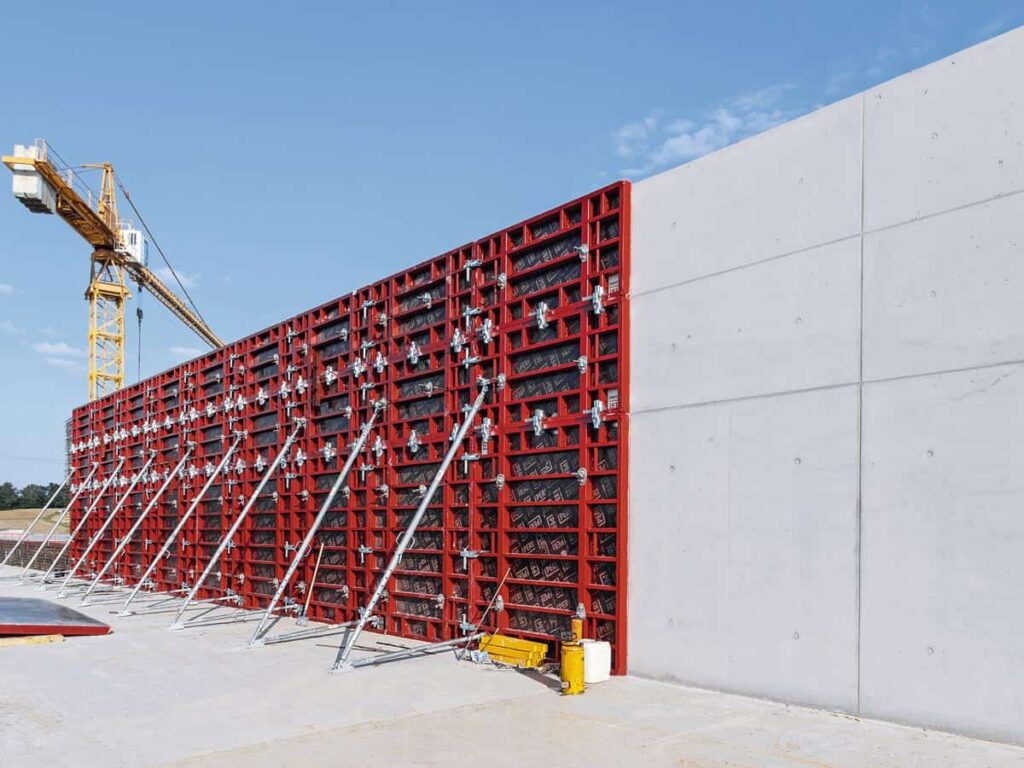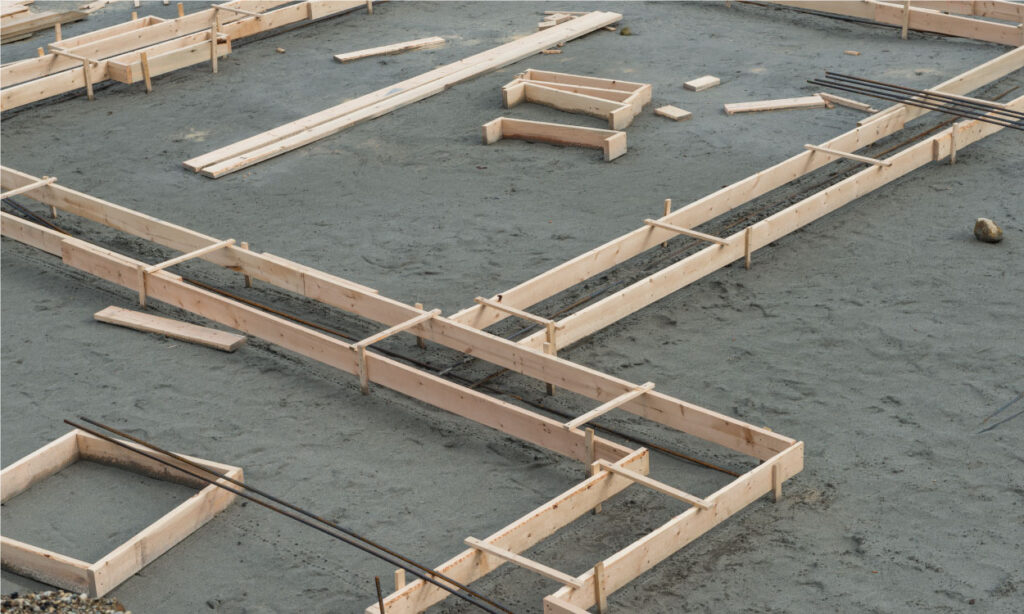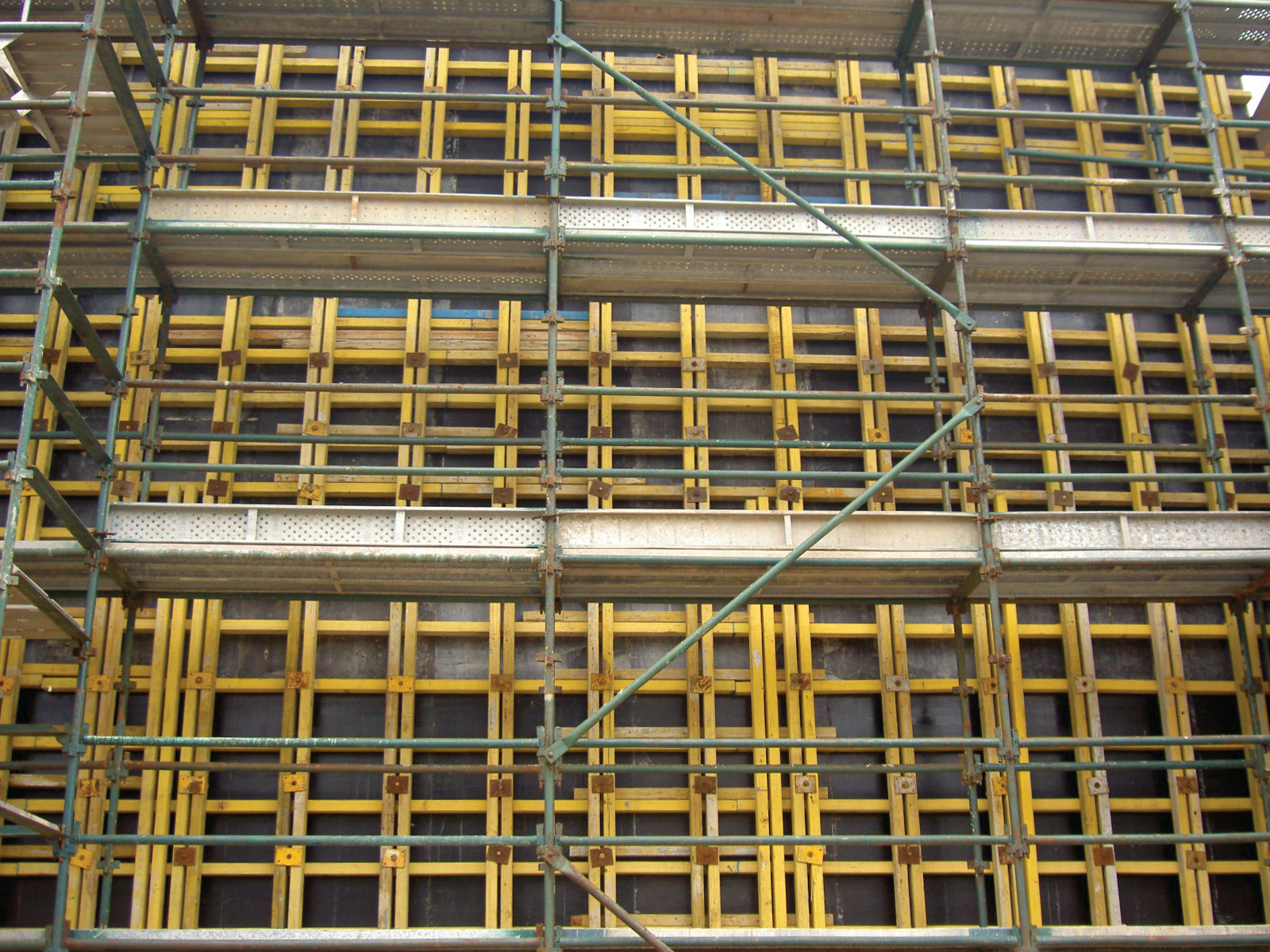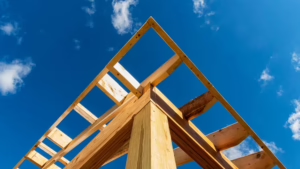In the construction industry, finding the right materials for your builds is crucial for ensuring the quality and longevity of your structures. When it comes to formwork, LVL timber has gained popularity due to its exceptional strength and durability. In this article, we will explore the key factors to consider when sourcing LVL timber formwork and provide valuable tips for finding the best suppliers. Additionally, we will discuss the importance of maintaining your LVL timber formwork for long-term use.
Understanding LVL Timber Formwork
LVL stands for Laminated Veneer Lumber, which is a type of engineered wood made by bonding several layers of thin wood veneers together with adhesive. LVL timber formwork refers to using LVL timber panels as temporary molds during concrete pouring. This method provides structural support and shape for the concrete until it sets and gains sufficient strength.
Furthermore, LVL formwork timber offers excellent durability. The veneers used in its construction are often selected from strong and high-quality timber species, ensuring the formwork’s ability to withstand the rigors of construction sites, including heavy loads, vibrations, and repeated use.
What is LVL Timber Formwork?
LVL timber formwork is a versatile solution that allows for cost-effective and efficient construction processes. It is commonly used in the construction of walls, beams, columns, slabs, and other concrete structures. The high strength-to-weight ratio of LVL timber makes it an ideal choice for formwork, as it can withstand large loads while remaining lightweight.

Benefits of Using LVL Timber Formwork
There are several benefits to using LVL timber formwork in your builds. Firstly, LVL timber panels are dimensionally stable, meaning they do not warp or twist easily. This stability ensures accurate concrete shapes and reduces the need for costly post-construction repairs.
Additionally, LVL timber formwork is environmentally friendly. The timber used in its production is a renewable resource, and the manufacturing process involves minimal energy consumption compared to other formwork materials.
Moreover, LVL timber formwork provides a smooth surface finish to the concrete. The high-quality veneers used in its construction result in a clean and even texture on the concrete surface, reducing the need for additional finishing work.
Another advantage of LVL timber formwork is its ease of handling and installation. The lightweight nature of LVL timber panels makes them easier to transport and maneuver on construction sites. Additionally, the panels are designed with interlocking systems, allowing for quick and efficient assembly.
Furthermore, LVL timber formwork offers versatility in design. The panels can be easily cut and shaped to accommodate various architectural requirements, allowing for the creation of unique and complex concrete structures.
Lastly, LVL timber formwork is cost-effective. The use of LVL timber panels can help reduce construction costs by minimizing the need for additional support structures and reducing labor time required for formwork installation and removal. Learn more about cost-effective on https://www.hsph.harvard.edu/stephane-verguet/extended-cost-effectiveness-analysis-ecea/
Key Factors to Consider When Sourcing LVL Timber Formwork
When sourcing LVL timber formwork for your builds, certain factors demand your attention to ensure you obtain the best quality materials that meet your specific requirements.
Quality and Durability
One of the crucial factors to consider is the quality and durability of the LVL timber formwork. Look for suppliers that offer LVL timber panels made from high-grade timber species, as this ensures the formwork’s ability to withstand the construction processes and deliver long-lasting performance. Reliable suppliers will provide information on the structural properties and specifications of their LVL timber formwork, allowing you to make an informed decision.
Cost-effectiveness
Another important factor to consider is the cost-effectiveness of the LVL timber formwork. While it may be tempting to opt for the cheapest option available, it is essential to strike a balance between cost and quality. Cheaper options may compromise on structural integrity and durability, leading to increased costs in the long run. Evaluate different suppliers’ pricing models and carefully weigh the costs against the expected performance and lifespan of the formwork.
Environmental Impact
As sustainability becomes an increasingly important aspect of construction practices, considering the environmental impact of the LVL timber formwork is crucial. Choose suppliers that adhere to sustainable forest management practices and offer certified timber products. Additionally, inquire about their waste management policies and recycling initiatives to ensure they prioritize environmentally responsible practices.
Moreover, it is worth mentioning that some suppliers go the extra mile to minimize their carbon footprint by using renewable energy sources in their manufacturing processes. By opting for such suppliers, you not only contribute to the preservation of our planet but also align your construction projects with the growing demand for eco-friendly solutions.
Furthermore, when assessing the environmental impact, it is essential to consider the entire life cycle of the LVL timber formwork. This includes evaluating the energy and resources required for production, transportation, installation, and eventual disposal. By choosing suppliers that prioritize sustainable practices throughout the entire life cycle, you can ensure that your construction projects are in line with your environmental goals.
Sourcing from Reputable Suppliers
When sourcing LVL timber formwork, it is vital to work with reputable suppliers that prioritize quality, reliability, and customer satisfaction. Here are some tips for finding trustworthy suppliers:
Ensuring the quality and reliability of LVL timber formwork is crucial for the success of any construction project. By partnering with reputable suppliers, you can rest assured that the materials used meet industry standards and will contribute to the structural integrity and longevity of the final structure.
Identifying Trustworthy Suppliers
- Seek recommendations from industry professionals and colleagues who have experience with LVL timber formwork.
- Check the suppliers’ reputation by reading online reviews and testimonials.
- Look for suppliers that have been in the industry for a considerable period, as their experience indicates reliability and consistent quality.
Establishing strong relationships with suppliers who have a proven track record in providing high-quality LVL timber formwork is key to ensuring smooth project execution. Collaborating with suppliers who value transparency and open communication can also lead to better project outcomes and increased efficiency.
Evaluating Supplier Credentials
When evaluating potential suppliers, consider the following factors:
- Product quality: Review the suppliers’ product specifications and certifications to ensure compliance with relevant industry standards.
- Delivery and logistics: Assess the suppliers’ ability to deliver materials on time and their flexibility in handling specific delivery requirements.
- Customer support: Inquire about their customer support services and responsiveness to address any concerns or queries.
- Price competitiveness: Get quotes from multiple suppliers and compare prices to ensure you are getting the best value for your investment.
Choosing suppliers that not only meet your technical requirements but also align with your project timelines and budget constraints is essential for successful project management. By conducting thorough evaluations of supplier credentials, you can mitigate risks and ensure a seamless construction process from start to finish.
Tips for Negotiating with Suppliers
Effective negotiation with suppliers can help you secure favorable terms and prices. Here are some tips to enhance your negotiation skills:
Preparing for Negotiations
Before entering into negotiations with suppliers, it is crucial to lay a solid groundwork for a successful outcome. One key aspect of preparation is conducting thorough research on market prices and competitors’ offerings. This will provide you with a baseline for comparison during negotiations and empower you with valuable insights into industry trends and benchmarks. Click here to learn more about benchmarks.
In addition to market research, clearly defining your requirements and specifications is essential. By establishing a common understanding with the supplier from the outset, you can minimize misunderstandings and ensure that both parties are on the same page. Identifying potential areas for compromise is also beneficial, as it can lead to creative solutions that benefit both your business and the supplier.

Effective Negotiation Strategies
When it comes to negotiating with suppliers, adopting effective strategies can make a significant difference in the outcome of the discussions. Building a mutually beneficial relationship with the supplier is key. By emphasizing the potential for long-term collaboration, you can create a foundation of trust and partnership that goes beyond a single transaction.
Exploring options for bulk purchasing or forming strategic partnerships can also be advantageous. By leveraging economies of scale, you may be able to negotiate more competitive prices and terms. Being open to alternative proposals from the supplier while ensuring they align with your project requirements demonstrates flexibility and a willingness to consider innovative solutions.
- Build a mutually beneficial relationship with the supplier by emphasizing the potential for long-term collaboration.
- Explore options for bulk purchasing or forming strategic partnerships to leverage cost advantages.
- Be open to alternative proposals from the supplier while ensuring they align with your project requirements.
- Negotiate delivery schedules and lead times to accommodate your project timelines.
- Consider negotiating additional services, such as technical assistance or training, to enhance the supplier’s value proposition.
Maintaining Your LVL Timber Formwork
To maximize the lifespan and performance of your LVL timber formwork, regular maintenance is essential. Here are some tips for maintaining your formwork:
Regular Inspection and Maintenance
Inspect your LVL timber formwork regularly for any signs of damage, wear, or deterioration. Promptly address any issues to prevent further damage and ensure the formwork’s continued structural integrity. Regular cleaning and application of protective coatings can also enhance its durability and resistance to moisture and environmental factors.
Long-term Care and Preservation
When not in use, store your LVL timber formwork in a dry and well-ventilated area to prevent moisture absorption and minimize the risk of mold or fungal growth. Proper storage and handling can significantly extend the lifespan of your formwork and save you costs in the long run.
But let’s delve deeper into the topic of regular inspection and maintenance. It is crucial to conduct thorough inspections of your LVL timber formwork at regular intervals, especially after each use. Look for any signs of damage, such as cracks, splintering, or warping. Addressing these issues promptly can prevent them from worsening and compromising the formwork’s stability.
Additionally, it is important to pay attention to the formwork’s connections and joints. Over time, these areas may loosen or become weak, affecting the overall strength of the structure. Regularly check and tighten the connections to maintain the formwork’s stability and ensure its safe usage.
Now, let’s move on to long-term care and preservation. While proper storage is crucial, it is also essential to protect your LVL timber formwork during transportation. Ensure that it is securely fastened and protected from any potential damage caused by external factors, such as rough handling or extreme weather conditions.
Furthermore, consider applying a protective coating to your formwork before each use. This coating can act as a barrier against moisture, preventing it from seeping into the timber and causing potential damage. It can also enhance the formwork’s resistance to chemicals and other environmental factors, ensuring its longevity.
By following these additional tips and incorporating them into your maintenance routine, you can further enhance the performance and lifespan of your LVL timber formwork. Remember, proper care and regular inspections are key to ensuring the formwork’s structural integrity and optimizing its durability.
Other reasources: Key Benefits of Using LVL Beams in Construction Projects


